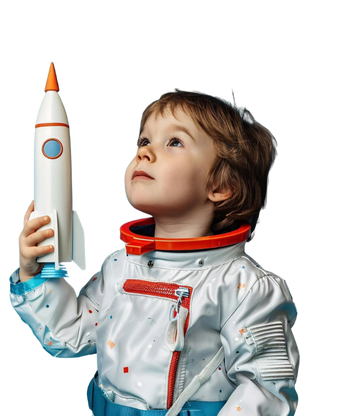Loading






Rocket Science is not just about rockets—it’s about understanding the science and technology that makes space exploration possible. At Nivrith, we introduce students to the fascinating world of space science, covering everything from launching satellites to exploring distant galaxies. This curriculum is designed to spark curiosity, encourage innovation, and prepare young minds for the future of STEM.





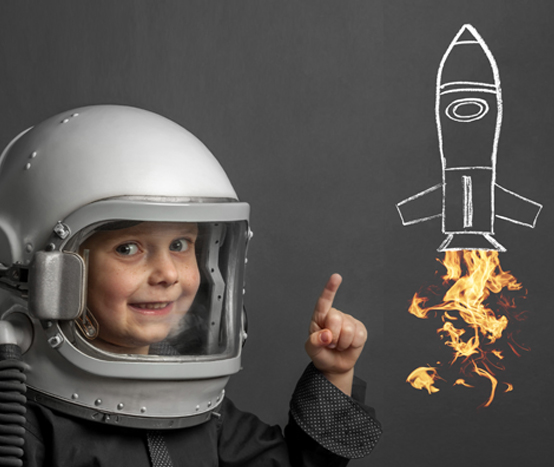
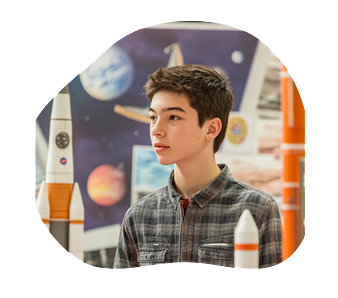

Rocket science studies how rockets work—design, propulsion, aerodynamics, and space travel. It powers satellites, space missions, and exploration, using physics, engineering, and math to overcome Earth’s gravity and navigate space.



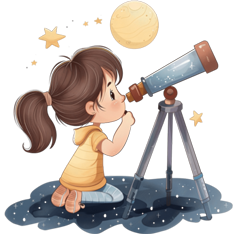


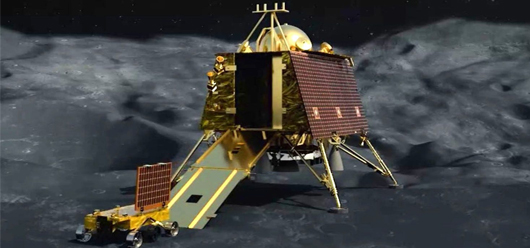
Chandrayaan is India’s lunar exploration mission by ISRO, aimed at studying the Moon’s surface, detecting water, and demonstrating advanced space technology capabilities.
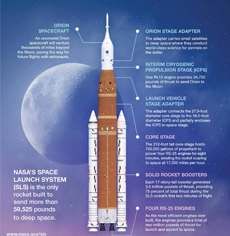
Artemis is NASA’s lunar mission aiming to return humans to the Moon by 2026. It includes Orion spacecraft, SLS rocket, and Gateway station, preparing for future Mars exploration.

SpaceX launches revolutionized space travel with reusable rockets, reducing costs and increasing accessibility. They support NASA missions, satellite deployment, ISS resupply, and aim for Mars colonization through ambitious Starship development.






Satellites are man-made objects launched into space to orbit the Earth or other celestial bodies. They play a crucial role in our daily lives—enabling GPS navigation, weather forecasting, internet connectivity, and scientific research.

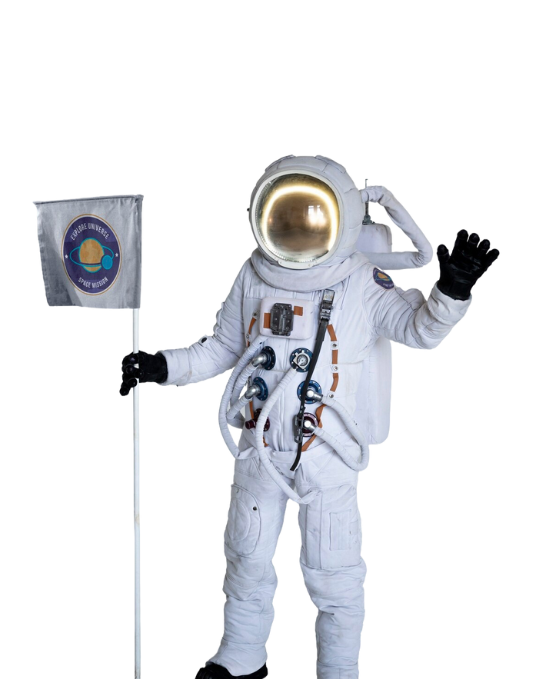



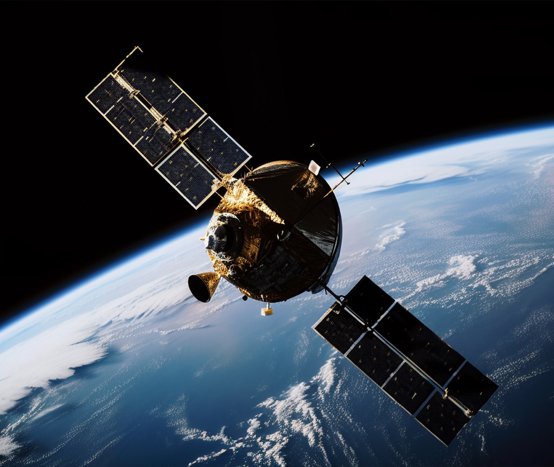
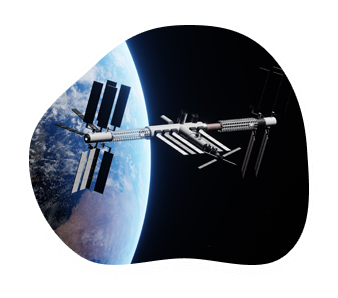

Satellites are objects that orbit around planets or other celestial bodies. While the Moon is Earth's natural satellite, most satellites we talk about today are artificial—built by humans and launched into space for communication, navigation, weather monitoring, scientific research, and more. Satellites are essential for our modern, connected world.















Astronomy is the study of stars, planets, galaxies, and the universe itself. It helps us understand our place in the cosmos and encourages curiosity about life beyond Earth.

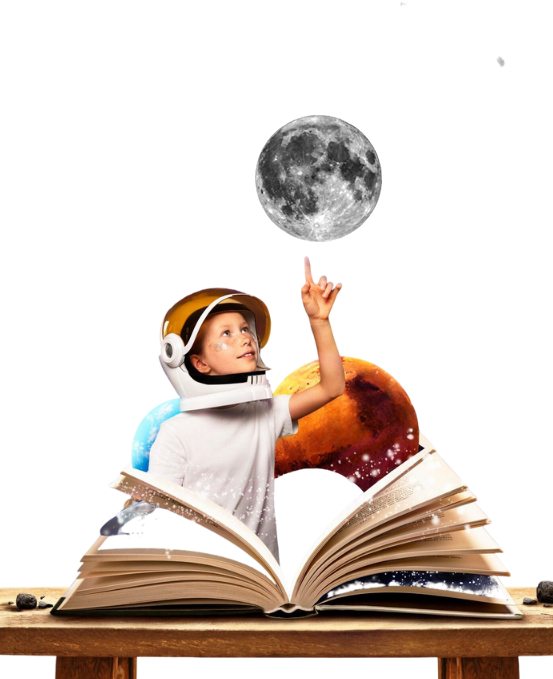



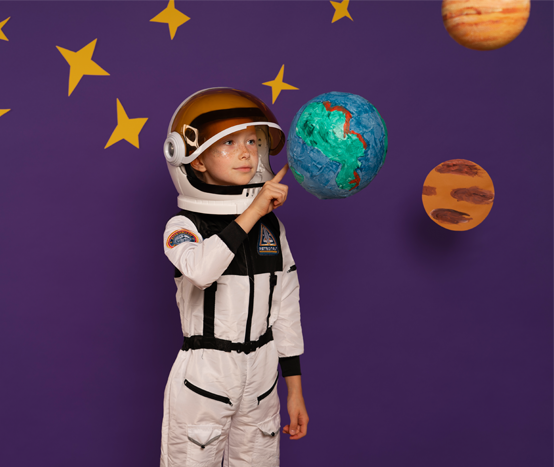
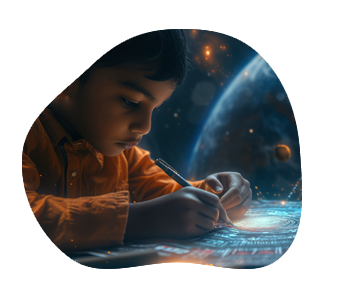

Astronomy is the scientific study of the universe beyond Earth, including stars, planets, galaxies, and cosmic phenomena. It helps us understand our place in the cosmos and the wonders of the night sky.









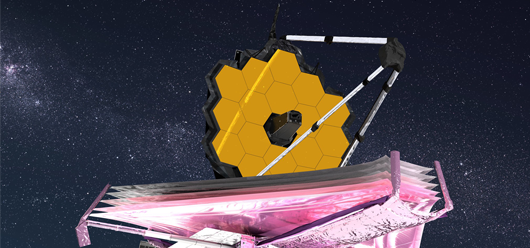
The James Webb Space Telescope is NASA's most powerful space observatory, designed to study the universe's origins. It captures infrared light, revealing early galaxies, exoplanets, and star formation with unmatched clarity.
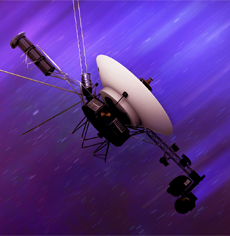
Voyager 1 and 2 are NASA’s interstellar probes launched in 1977. They explored outer planets, now transmitting data beyond the solar system, carrying the Golden Record for extraterrestrial communication.
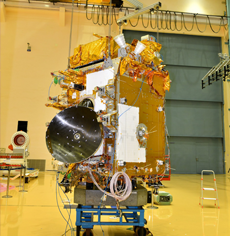
Aditya‑L1 is India’s first solar observatory at Sun‑Earth L1, launched Sept 2 2023 via PSLV. It carries seven instruments observing the Sun’s corona, chromosphere, photosphere, solar wind and magnetic fields


